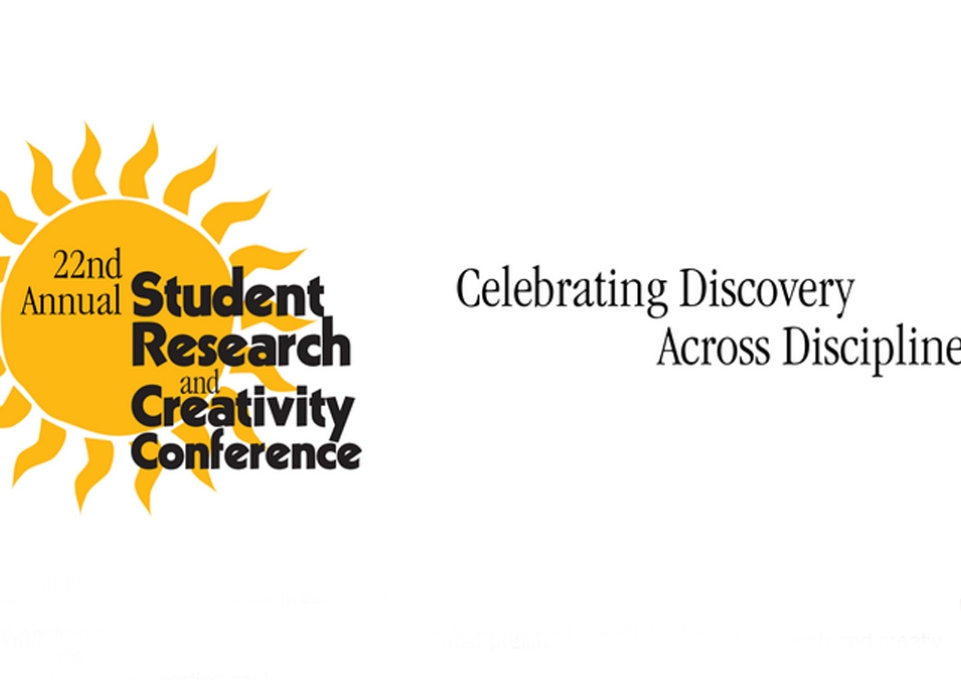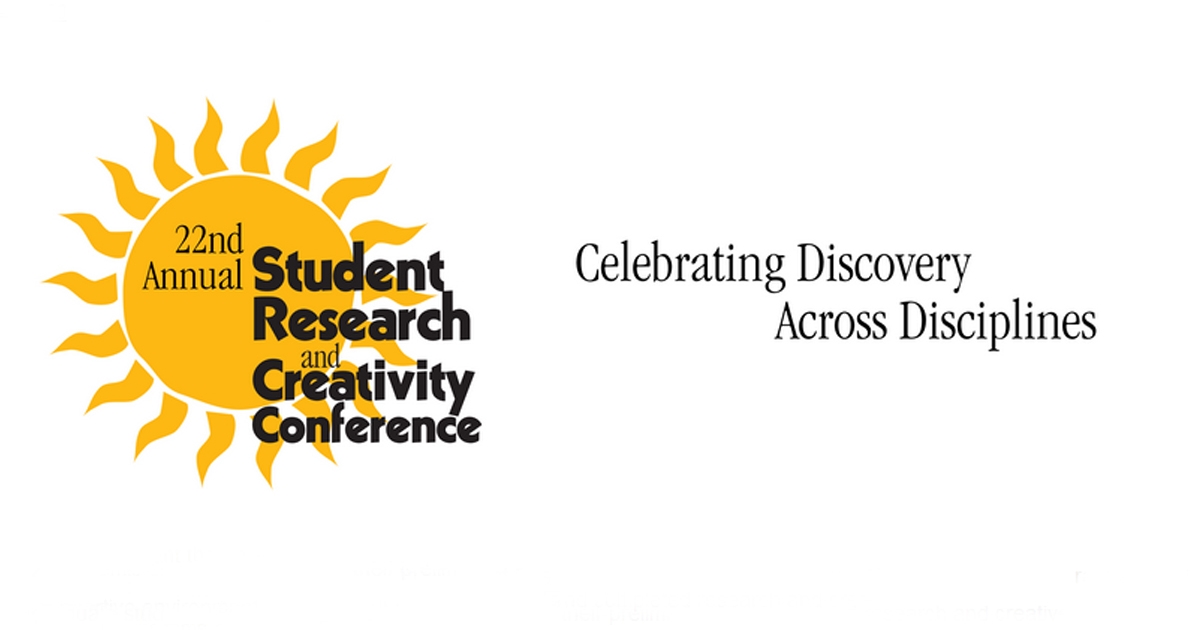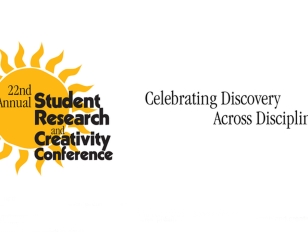
The 22nd annual Student Research and Creativity Conference, featuring the scholarly and creative academic works of more than 200 Buffalo State College students, made its digital debut in an entirely web-based format last week in the wake of the coronavirus pandemic.
The Digital SRCC, hosted on Buffalo State’s Digital Commons page, features research papers, posters, oral presentations, and other applied-learning projects on a wide range of topics from across the college’s five schools to inform and inspire audiences. Works are divided into nine academic categories—Arts; Business, Fashion and Textile Technology, Hospitality and Tourism; Communication and Humanities; Computer Information Systems and Engineering Technology; Education; Health and Social Work; Mathematics; Physical Geography and Sciences; and Psychology and Social Sciences—as well as Undergraduate Summer Research Fellowship Program projects.
Carolyn Guzski, interim director of undergraduate research, said the time and effort that went into pulling off the conference this year were unprecedented but necessary to provide students with the opportunity to share what they learned.
“One of the first things that came to my mind was: “What will happen to SRCC?” Guzski said when reflecting on receiving President Katherine Conway-Turner’s e-mail about the remote-learning mandate. “Of course, the simplest solution would have been to cancel it, and that flitted through my mind for about five seconds before I thought, ‘No, we have digital platforms. We’re posting these projects someplace.’”
Originally slated for May 1 and 2, the event was delayed to allow organizers and student presenters to adjust to the new format. Each year, the SRCC is one of the most highly anticipated campus events, as hundreds of students show off months of preparation and research to faculty, staff, fellow students, and campus visitors. While the conference is normally an event that brings the campus community together in real time, it will go on in a slightly different way—asynchronously—this year, because of remote instruction and lock-down directives caused by the COVID-19 pandemic.
In addition to making an online transition, making sure students observed intellectual property law was another area of concern. Guzski explained that unlike the SRCC’s traditionally live presentations, some content posted on the Internet may be liable for copyright infringement if proper precautions are not taken. That is why she, along with the Butler Library Digital Commons team headed by Hope Dunbar, digital archivist; Kaylene Waite, Creative Services senior graphic and web designer; and Scott Goodman, SRCC’s previous director and interim dean of the School of Natural and Social Sciences, developed a plan for uploaded presentations with full accessibility available only to individuals with Buffalo State log-in credentials.
As presentations are asynchronous (meaning viewers are not able to ask questions or give feedback), student presenters are encouraged to post their projects to their social media pages for engagement. Still, Guzski admitted one of the challenges for this year’s event was losing the interactive component.
“As wonderful as digital platforms are, and as impressively as our current ‘digital generation’ of students has adapted to this crisis, we are all going to breathe a sigh of relief when we can talk to each other in real space and time again,” Guzski said.
Fortunately, presenting students and their mentors have remained eager to participate, which has helped keep the spirit of the conference alive.
“One word that really applies to our faculty mentors and their SRCC students is ‘leadership,’” Guzski said. “The faculty mentors really jumped into the breach and motivated their students to stay in and to keep learning and presenting. Seeing the robust turnout was very encouraging. It really kept us going through those late nights.”
Digital SRCC is a permanent installation on Digital Commons.



